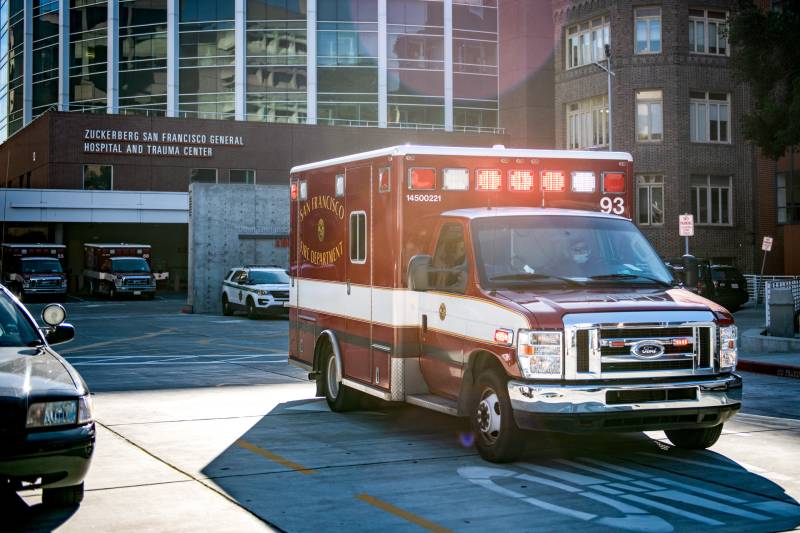“The nurses all quit,” said Shochat of UCSF. “We lost 20 nurses in the first year and a half of the pandemic. And they were senior nurses, so this was well over 200 years of institutional memory just disappearing. And it’s hurt us … Everyone’s just well and truly burnt out. Hospitals spent so much money paying travel nurses and building out new areas to treat COVID patients that they’re running way over budget. And patient care suffers when staff are overwhelmed.”
Shochat warns the situation could get a lot worse if — or when — the doctors start quitting.
“Doctors are going to quit. They’re planning to quit,” he said. “They’re just doing it more slowly, working with their financial advisers to figure out whether they’re retiring or if they’re going to [shift jobs]. People are sad and frustrated. It was bad enough three months ago … but how do we handle an influx of 40% over our expected patient load? And we’re short-staffed. Why would I stay? Why would I not just cash in my retirement account?”
As the tripledemic and staffing shortages strain hospitals, medical professionals urge people to take responsibility for staying safe by masking, getting their vaccine boosters and not going to the ER unless they have to.
Mercy San Juan’s Lanam says that when it comes to respiratory illnesses, “the treatment is the same for everyone. You should take Tylenol and Motrin and stay well-hydrated. Get a humidifier if it helps for your cough. Drink a lot of tea with honey. There are certain populations at higher risk which would benefit from treatments for flu and COVID, like Tamiflu and Paxlovid. But for the large majority of people, if you’re otherwise healthy, the side effects from the medications aren’t worth it. Your body’s going to recover on its own. If it’s a really young baby or you’re older or you have multiple comorbidities, then definitely see your doctor. Try to see your primary care [physician] as much as possible.”
“I desperately want society to understand what’s going on,” said UCSF’s Shochat. “They need to really think twice about casually coming to the ER for a prescription refill. But also, I don’t want them to stay away when they have abdominal pain and have their appendix rupture at home.”
Shochat also wants to shed light on another factor that has taken perhaps an even greater toll on medical professionals than any other, one that’s more nuanced than surges and shortages — one he describes as the “breaking of a social contract” between doctors and the public since the beginning of the COVID pandemic.
“In the beginning, they called us heroes and they told us to hold the line until the vaccine came out, and we did it,” he said. “We held the line. And then what happened? The vaccine came out and people didn’t bother to get them. And I’m not even talking about the anti-vax folks. Literally, there was a free vaccine on every corner, they went unused. And that broke us. That was wave one of us all giving up. Wave two was we curled ourselves into balls, cried a little bit, and we came back to work and just soldiered along, and now there’s this realization this isn’t going away. It’s just getting worse.”

